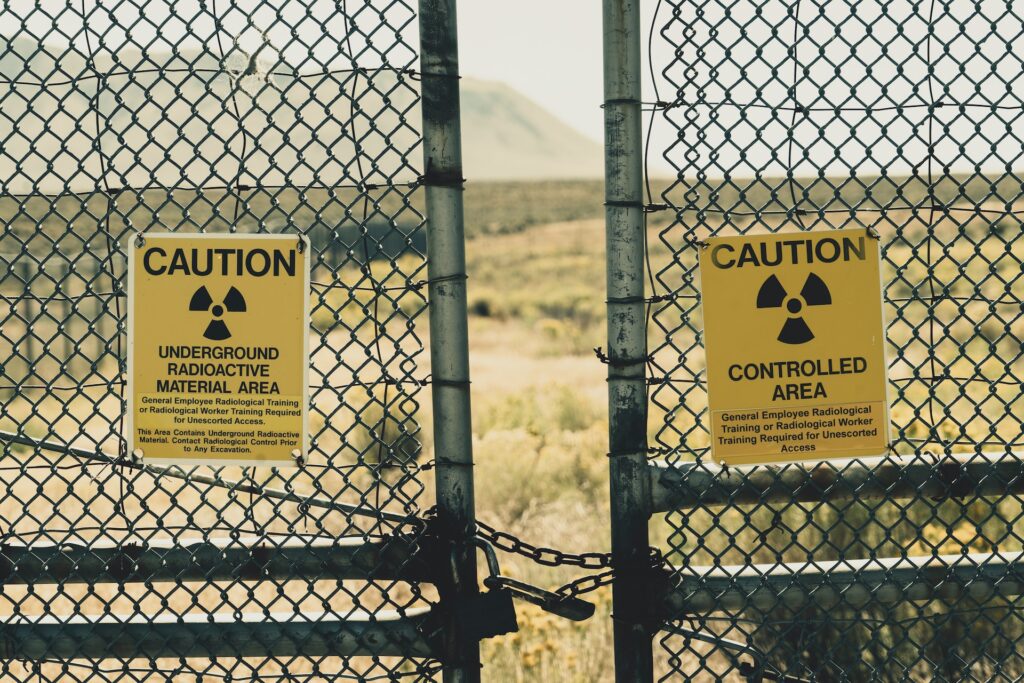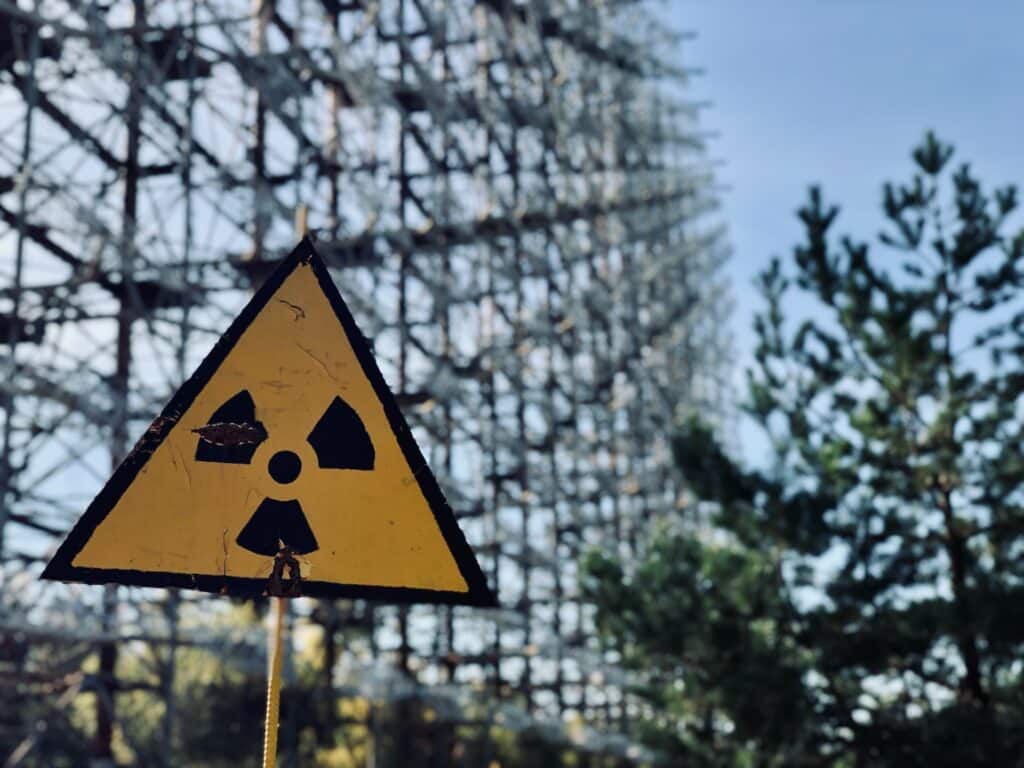A Superfund site is a space with pollution that the Environmental Protection Agency (EPA) looks after based on the Comprehensive Environmental Response, Compensation, and Liability Act. The idea is to clean these toxic waste sites and make them safe again. The people or companies responsible also have to help with cleanup efforts.
What Qualifies as a Superfund Site?
A Superfund site is a place that’s been polluted with hazardous waste, which can harm human health and the nearby environment. The cleanup of these toxic waste sites is managed by the EPA based on a law called the Comprehensive Environmental Response, Compensation and Liability Act (CERCLA), often referred to as the Superfund program.
The EPA decides which sites need cleanup most urgently and puts them on the National Priorities List. As of 2023, there are 1,336 sites on this list. The first site to ever be declared a Superfund site was Love Canal in Niagara Falls, where dangerous waste had leaked into homes.
Superfund Site Contamination
Superfund sites are polluted with toxic materials like heavy metals and harmful chemicals that can cause harm to people and the environment. The Environmental Protection Agency says there are more than 800 materials that have been labeled dangerous.
A few of these toxic substances include:
- Asbestos: Used in buildings for years, it can cause lung problems and cancer.
- Dioxin: Found in some pesticide manufacturing, paper goods, and other production sites.
- Radiation: Radiation from natural components like uranium can cause cancer.
- Lead: Found in as many as 43% of Superfund sites. Lead is harmful when breathed in or swallowed, especially for kids.
The EPA frequently checks how easily toxic substances from the contaminated soil can affect people and the environment. These harmful chemicals can also be in the air, groundwater, and runoff water.
PFAS, or “forever chemicals,” are man-made and can be found in products, drinking water, and food. They’re linked to many health problems. The EPA is considering marking some PFAS chemicals as a Superfund hazardous substance to better protect communities

CERCLA Liability
Under the Comprehensive Environmental Response, Compensation and Liability Act responsibility is attributed to parties who are directly or indirectly responsible for the hazardous substances found at a Superfund site. This includes current and former owners of the facility, any entities involved in the removal or transportation of toxic substances, and those who determined the site’s selection. Financial organizations, including lenders, may also fall under this liability framework.
The assignment of liability happens when hazardous waste is found at a site, the hazardous substances have been released into the environment (or there’s a risk of it), and there are a significant number of expenses related to the clean-up response. Notably, the liability under CERCLA is strict—a possible liable party cannot deflect responsibility by saying they were just following industry norms or that they were not acting in a negligent manner.
Liable parties are potentially responsible for Supersite cleanup costs, natural resource damage, the costs of certain health assessments, and cleaning up a hazardous waste site that presents significant and impending endangerment.
CERCLA Superfund
The Comprehensive Environmental Response, Compensation and Liability Act, often referred to as the Superfund, strives to clean up places polluted with toxic waste by giving the government the authority to take action.
This law allows the Environmental Protection Agency to create a National Priorities List of the most polluted sites. It also ensures that the people or companies who are responsible for the mess have to help pay for the cleanup efforts.
The EPA’s job is to keep our environment safe. They find who caused the toxic waste and make sure they help with the cleanup. If the responsible party is missing or doesn’t do their part, the EPA takes over, cleaning up what’s known as “orphan” sites.
Superfund Site Cleaning Process
After a site makes it to the National Priorities List, the next steps involve assessing the contamination’s extent, its risk to public health, and the cleanup cost. The EPA proposes a cleanup strategy and opens it up for public feedback.
The Remedial Design/Remedial Action phase is when the detailed cleanup strategies are put into action. This includes executing the engineering plans and any necessary construction for cleanup.
Once the primary cleanup tasks are done, the EPA acknowledges the completion of construction. However, the Construction Completion phase doesn’t imply that the site is entirely free from contamination.
For instance, a groundwater contamination treatment system might run for years before fully eradicating contaminants, and only then can the Superfund site be removed from the National Priorities List.
State Superfund Sites
As of 2022, California, Pennsylvania, and New Jersey had the highest number of Superfund sites. The most hazardous of these is the Big River Mine Tailings in Desloge, Missouri. For years, St. Joe Minerals Corp. dumped lead and other toxic waste on nearly 600 acres near St. Louis, leading to contamination of the Big River and nearby neighborhoods.
The EPA, after examining Superfund sites across the United States, identified several high-priority sites needing urgent action to safeguard human health and environmental quality. The Administrator’s Emphasis List of these critical sites includes:
- Illinois: DePue/New Jersey Zinc/Mobile Chemical Corp., DePue
- Colorado: Bonita Peak Mining District, San Juan County
- Missouri: Armour Road, North Kansas City and Riverfront, New Haven
- Maryland: Sauer Dump, Dundalk
- Oregon: Portland Harbor, Portland
- Virginia: L.A. Clarke & Son, Spotsylvania
- Montana: Anaconda Co. Smelter, Anaconda
The process to add sites to the National Priorities List is intricate. It usually starts with an EPA region or state agency flagging a potentially contaminated site. However, individuals can request the EPA to carry out an initial assessment using existing records to decide if a more in-depth study is required.
If recommended, an inspection of the site will gather data and samples on the various pollutant types and levels. Sites are then scored using the Hazardous Ranking System. Sites scoring 28.5 or above are added to the National Priorities List.

Military Superfund Sites
Over 700 military locations have been identified as Superfund sites. When it is discovered that these sites contain hazardous waste or toxic substances, they’re added to the EPA’s National Priorities List.
One of the biggest toxic substances found at these bases is PFAS, often called “forever chemicals.” The Department of Defense has allocated $1.5 billion for research and cleanup related to PFAS contamination, working alongside federal bodies like the EPA.
Yet, of the 703 bases battling PFAS contamination, only a handful have finalized their cleanup efforts.
Camp Lejeune
Established in 1942, Marine Corps Base Camp Lejeune faced a severe environmental challenge in 1982 when toxic chemicals, specifically volatile organic compounds (VOCs), were found contaminating the base’s drinking water—affecting the hospital, family housing, schools, and more.
The contamination’s primary sources were on-base spills, underground storage leaks, and the practices of an off-base dry cleaner, ABC One-Hour Cleaners (another Superfund site awaiting cleanup). The dry cleaner’s inadequate waste disposal led to chemical leakage into the groundwater.
The contaminated water at Camp Lejeune has been linked to significant public health issues, including numerous cancers, neurobehavioral effects, birth defects, and miscarriages.
By 1985, the base took measures to close the contaminated wells, and since 1987, the water has been deemed safe. The Honoring Our Pact Act of 2022, which encompasses the Camp Lejeune Justice Act, provides compensation to those impacted by the contamination, including in-utero exposures. This act covers people who were exposed for a minimum of 30 days between Aug. 1, 1953, and Dec. 31, 1987.
References
- https://www.azdeq.gov/NPL_Sites
- https://www.epa.gov/enforcement/superfund-liability
- https://www.epa.gov/laws-regulations/summary-comprehensive-environmental-response-compensation-and-liability-act
- https://www.epa.gov/newsreleases/epa-proposes-designating-certain-pfas-chemicals-hazardous-substances-under-superfund
- https://www.epa.gov/superfund/national-priorities-list-npl-sites-state
